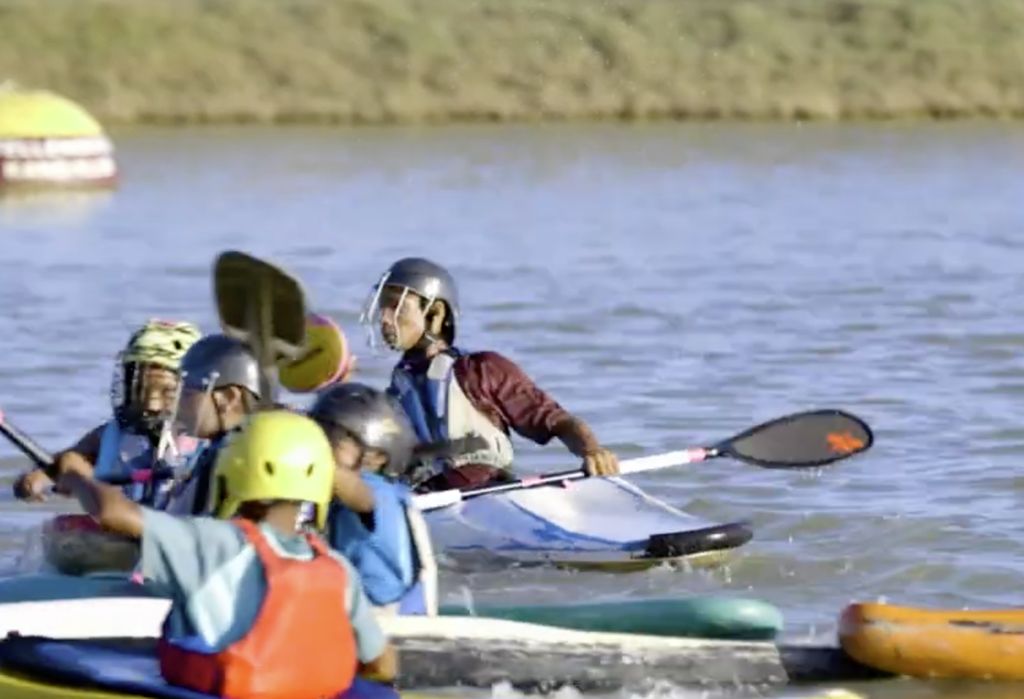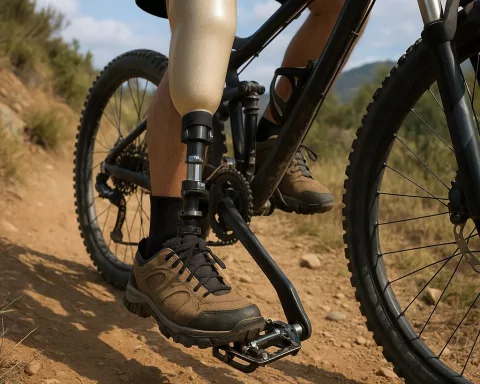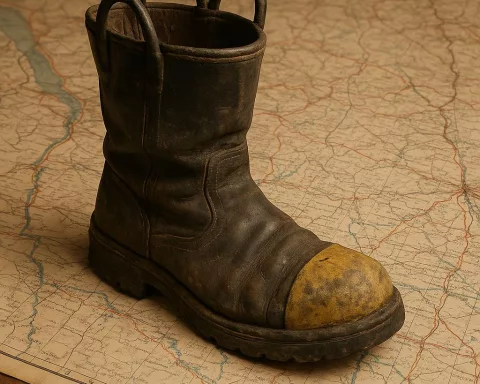Children who live on farms in Stellenbosch get together three times a week at a small dam on Polkadraai road to play canoe polo or kayak polo. This is a unique sport that mixes the rules of water polo with kayaking skills. The kids on the Stellenbosch team range from 8 to 18 years old, with Camurin Abrahams being the best under-18 player in the Western Cape.
“Playing canoe polo helps me relax, to relieve my stress,” says Camurin Abrahams.
Kayak polo is a sport that is less popular in South Africa than in other parts of the world. Coach Susan Fietz says that the Stellenbosch team wants to make it easier for children who live on farms in the area to participate in sports. She also says that sports are an essential part of their growth.
“The children learn leadership skills and teamwork as well as water safety,” says Fietz.
The sport also allows the kids to go on trips outside of South Africa. This July, Abrahams, Dale Pretorius, Romano Lackay, and Keeshia Lackay, all of the Stellenbosch team, will be going to Ireland to represent South Africa at the Junior International Championships.
“It will be the first time they travel outside of South Africa,” says the article.
The Stellenbosch team relies on funding from Canoeing South Africa and private donors. At the moment, they are still using makeshift goalposts for practice. South Africa only has one group for kids under 18, so the kids on the teams are all different sizes.
In a regular game, five team members try to score goals. Two meters above the water, the goalposts are hanging. Players can throw the ball by hand or use their paddles to pass it to each other and shoot goals. In kayak polo, a “roll” is one of the most complicated moves. This is when a player is pushed over by another player while holding the ball and then pops back up on the other side.
Kayak polo provides children with an opportunity to learn and grow through sports. It teaches them teamwork and leadership skills while also improving their water safety. The Stellenbosch team’s success in the sport is a testament to the power of access to sporting activities for children, especially those in rural areas.












